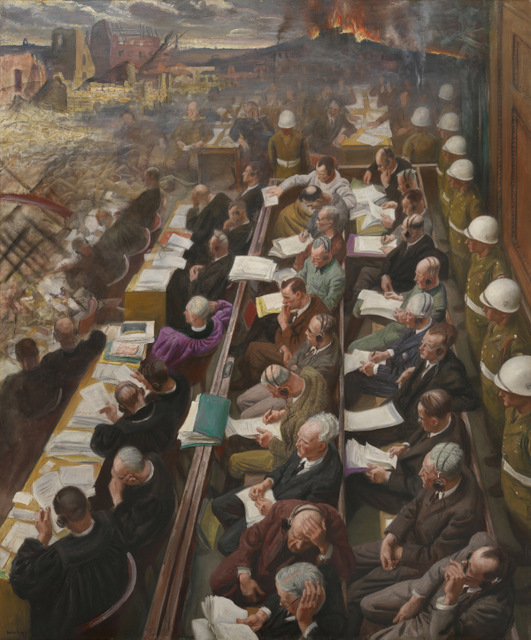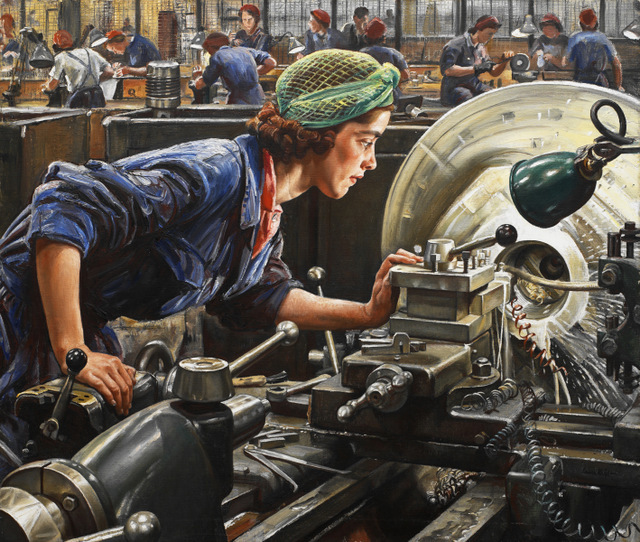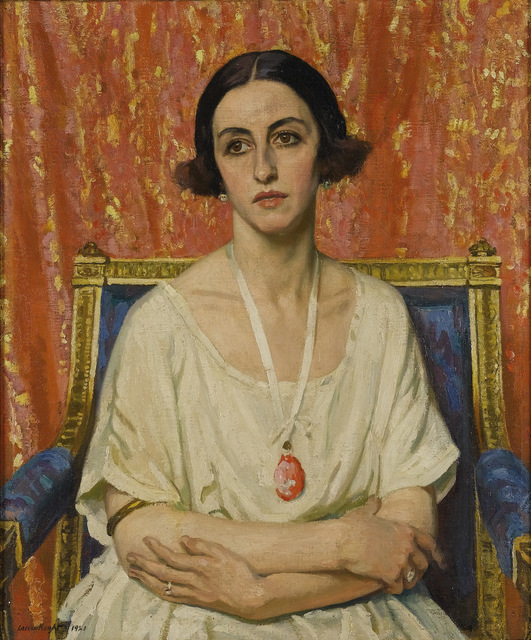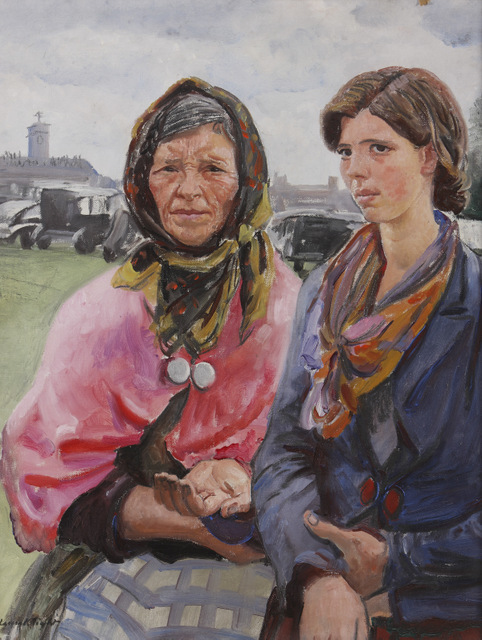Dame Laura Knight is a painter who is at least as famous for what she painted as for the quality of her work. This retrospective looks back across her career showcasing her variety and the subjects she took on.
Knight was never one to shy away from controversy. At a time when female artists were asked to leave the room when a nude model entered, she painted a self-portrait of her painting a female friend who is posing in the nude. Despite the work being branded as 'vulgar' by some, she persisted in pushing for equality for women in art and other professions.
Even her second world war paintings more often feature the women who were instrumental in Britain's war effort, and the majority of this show is portraits of women – from gypsies to ballet dancers.
Knight tackled another controversy when she travelled to the segregated Johns Hopkins hospital in Baltimore and only painted the black patients, highlighting their discriminatory treatment.
Despite the historic events and controversies depicted, Knight was a talented artist in her own right and there is a wide variety of her work on display. She stuck fast to realism but the contrast between the colourful Rose and Gold and the sombre tones in a study of a ballet dancer indicate the breadth of her range.
Her one surreal work, of the Nuremberg trials, is the most arresting piece here. Nazi war criminals sit at their trial while the background shows us the bombed out city after an Allied raid. It's an image that can be seen as both patriotic and anti-war.
It's almost impossible to separate an artist from their historical context and though we didn't find all her works to our liking, the variety and significance ensure that this is an exhibition worth seeing for all fans of portraiture.
Laura Knight Portraits is on at National Portrait Gallery until 13 October. Tickets are £7 for adults, concessions available.










